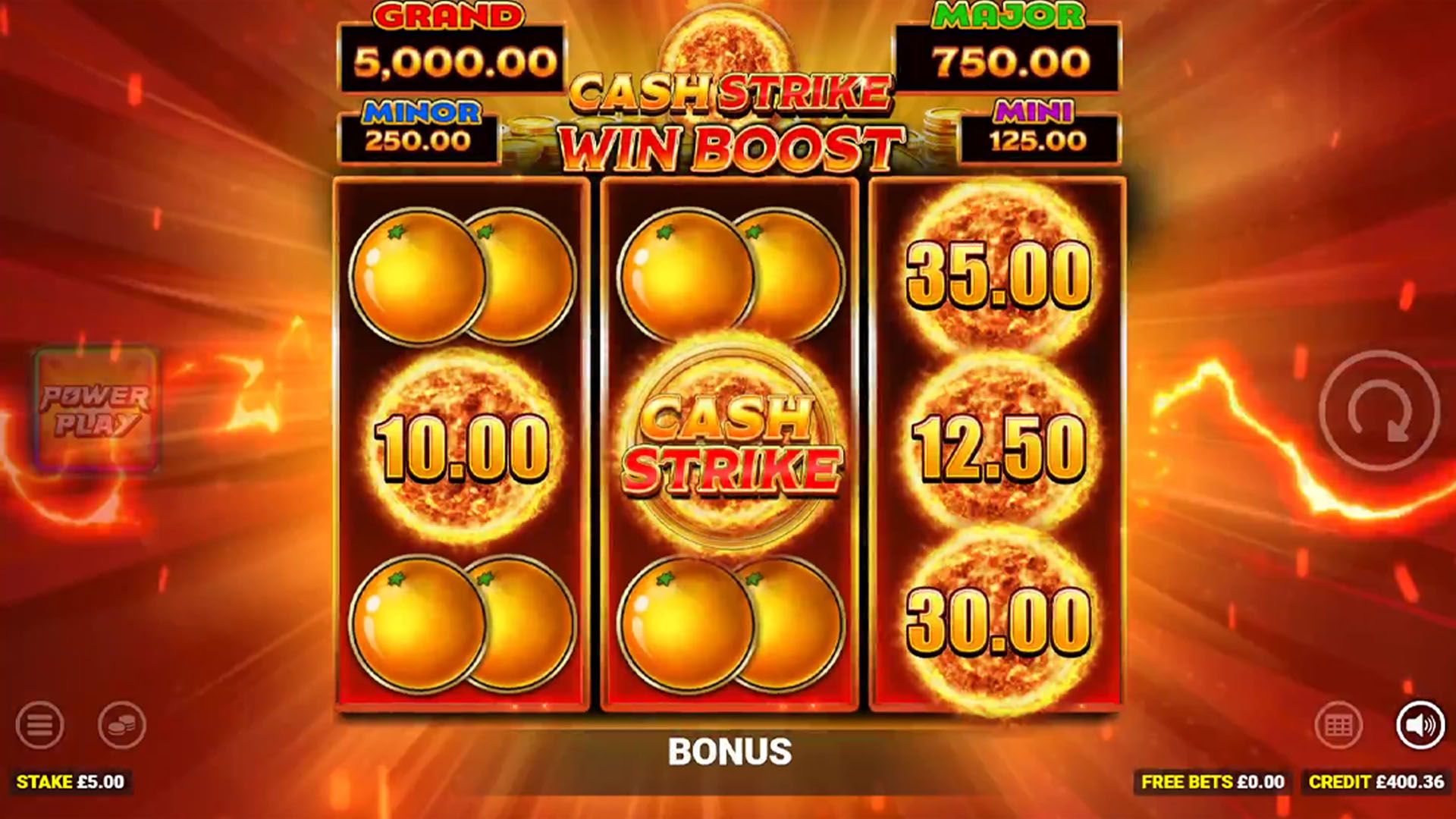What is Atlantic City Blackjack? Rules & Strategy | CasinoTutor

What is Atlantic City Blackjack?
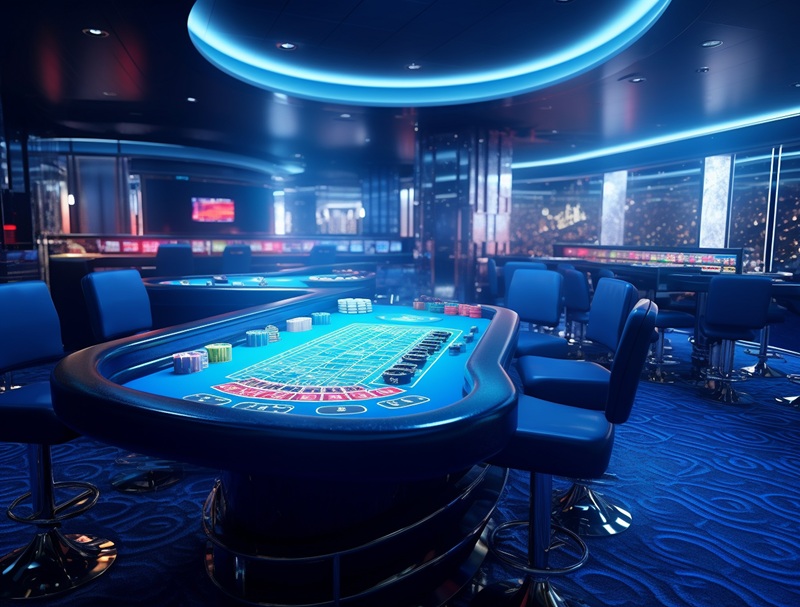
Atlantic City Blackjack is a widely recognized version of blackjack that originated in the casinos of Atlantic City, New Jersey.
This variant uses eight decks and follows standard blackjack rules where players aim to outscore the dealer without exceeding 21. Key features include:
- Players can double down on any hand, including split hands.
- The dealer stands on a soft 17.
- Late surrender is allowed after the dealer checks for blackjack.
- The dealer checks for blackjack when showing an ace or a 10.
Atlantic City Blackjack Rules and Betting Options
Atlantic City Blackjack is a popular variation of blackjack, offering unique rules that enhance player experience. Here are seven key rules explained:
- Dealer Stands on Soft 17: The dealer must stand on all hands totaling 17, including soft 17 (a hand containing an Ace valued as 11). This reduces the house edge slightly, benefiting players.
- Dealer Checks for Blackjack: If the dealer shows an Ace or a 10-value card, they are required to peek for blackjack. This saves players from committing additional bets in unwinnable situations.
- Double Down Flexibility: Players can double down on any two cards, even after splitting. This rule provides more opportunities to maximize winnings when holding strong hands.
- Splitting Hands: Players can split pairs up to three times, creating up to four separate hands. However, Aces can only be split once, and each split Ace receives just one additional card.
- Late Surrender Option: After the dealer checks for blackjack, players can opt for a late surrender, forfeiting half their bet to avoid further losses in unfavorable scenarios.
- Insurance Bet: If the dealer shows an Ace, players can take insurance against a potential blackjack dealer. However, this bet generally has a high house edge and is not recommended for most situations.
- Ace Rules: The Ace remains the most valuable card in the game, playing a pivotal role in forming blackjack or soft hands. Players should strategize accordingly, especially when splitting.
These rules make Atlantic City Blackjack a player-friendly and strategic variant, appealing to both casual and seasoned blackjack enthusiasts
House Edge and RTP in Atlantic City Blackjack
Atlantic City Blackjack is known for its favorable odds for players.
- House Edge: The house edge is only 0.36%, meaning that the casino’s advantage over the player is very small.
- RTP (Return to Player): The RTP is an impressive 99.64%, indicating that for every $100 wagered, players can expect to win back $99.64 on average over the long term.
This low house edge means that with optimal strategy, players lose just about one bet for every 300 hands, making Atlantic City Blackjack one of the best options for blackjack enthusiasts seeking better odds.
Payouts in Atlantic City Blackjack
Understanding the payout structure in Atlantic City Blackjack is key to maximizing your winnings. Here’s the payout structure:
| Hand/Bet Type | Payout | |
| Blackjack (Natural) | 3:2 | If you’re dealt a natural blackjack (an Ace plus a 10-value card), you receive a payout of 3:2. For example, a $10 bet wins $15. |
| Winning Hand | 1:1 | If your hand beats the dealer’s without exceeding 21, you earn a payout of 1:1. This means you win the same amount as your original bet. |
| Insurance | 2:1 | If the dealer’s face-up card is an Ace, you can place an insurance bet (half your original wager) to protect against a potential blackjack. If the dealer does have blackjack, you win 2:1 on the insurance bet. However, this is generally not recommended due to the high house edge. |
| Push (Tie) | Bet Returned | If your hand ties with the dealer’s, it’s a push. In this case, your original bet is returned, and no money is won or lost. |
Atlantic City Blackjack Strategy Chart
Here’s a simplified version of the Atlantic City Blackjack Strategy Chart to help guide your gameplay:
Hard Hands (No Ace)
- 8 or less: Always hit since the total is too low to stand or double down.
- 9: If the dealer shows a 3-6, you can double down, which means you double your bet for one more card. If the dealer shows any other
- card, hit.
- 10: If the dealer shows a 2-9, double down. Otherwise, hit.
- 11: Always double down because you have a great chance of hitting a 10-value card for a strong total.
- 12: Stand if the dealer shows a 4-6 (dealer is likely to bust), otherwise, hit.
- 13-16: Stand if the dealer shows a 2-6 (dealer is likely to bust), but if the dealer has 7-Ace, hit to avoid a weak total.
- 17 or higher: Always stand, as your hand is strong enough to potentially win.
| Your hand | Dealer's upcard | Action |
| 8 or less | any | Hit |
| 9 | 3-6 | Double down |
| 10 | 2-9 | Double down |
| 11 | 2-10 | Double down |
| 12 | 4-6 | Stand |
| 12 | any | Hit |
| 13-16 | 2-6 | Stand |
| 13-16 | 7-Ace | Hit |
| 17 or higher | any | Stand |
Soft Hands (With Ace)
- Soft 13-15: Always hit. You have a flexible hand since the Ace can be counted as 1 or 11.
- Soft 16-18: Double down if the dealer shows 4-6, otherwise, hit if they show 7-Ace.
- Soft 19: Double down if the dealer shows a 6, otherwise stand.
- Soft 20 or higher: Always stand, as it's already a strong hand
| Your Hand | Dealer’s Upcard |
Action
|
| Soft 13-15 | Any | Hit |
| Soft 16-18 | 4-6 | Double Down |
| Soft 16-18 | 7-8 | Hit |
| Soft 16-18 | 9-Ace | Hit |
| Soft 19 | 6 | Double Down |
| Soft 19 | Any Other | Stand |
| Soft 20 or higher | Any | Stand |
Soft Hands (With Ace)
Soft 13-15: Always hit. You have a flexible hand since the Ace can be counted as 1 or 11.
Soft 16-18: Double down if the dealer shows 4-6, otherwise, hit if they show 7-Ace.
Soft 19: Double down if the dealer shows a 6, otherwise stand.
Soft 20 or higher: Always stand, as it's already a strong hand.
Pair Splitting
- Aces and 8s: Always split to increase your chances of getting a strong hand.
- 2s, 3s: Split if the dealer shows 2-7. If the dealer shows a higher card, hit.
- 4s: Split if the dealer shows 5-6; otherwise, hit.
- 6s: Split if the dealer shows 2-6. If the dealer shows a higher card, hit.
- 7s: Split if the dealer shows 2-7. If the dealer shows a higher card, hit.
- 9s: Split if the dealer shows 2-6 or 8-9. If the dealer shows 7 or 10-Ace, stand.
- 10s: Always stand because the total of 20 is already very strong.
- 5s: Double down, as a total of 10 is favorable for a good hand.
| Your Hand | Dealer’s Upcard | Action |
| Aces | Any | Split |
| 8s | Any | Split |
| 2s, 3s | 2-7 | Split |
| 4s | 5-6 | Split |
| 6s | 2-6 | Split |
| 7s | 2-7 | Split |
| 9s | 2-6, 8-9 | Split |
| 10s | Any | Stand |
| 5s | Any | Double Down |
Late Surrender
- Hard 15: Surrender if the dealer shows a 10, as your chances of winning are low.
- Hard 16: Surrender if the dealer shows 9, 10, or Ace for the same reason.
| Your Hand | Dealer’s Upcard | Action |
| Hard 15 | 10 | Surrender |
| Hard 16 | 9, 10, Ace | Surrender |
Should you play Atlantic City Blackjack?
Atlantic City Blackjack offers a high win rate thanks to the option of late surrender, making it ideal for experienced players looking to optimize their strategy. However, it’s important to be aware of the specific rules and limitations to avoid losing this advantage.
| Pros | Cons |
| High RTP (99.64%) | Limited “Push” Opportunities: Like all blackjack variants, ties result in a push, maintaining the dealer's advantage over time. |
| Low House Edge (0.36%) | Eight Decks in Play |
| Flexible Double Down | Strategy-Dependent Gameplay |
| Easy to Learn (Similar to Traditional Blackjack) | Not Available Everywhere |
| Dealer Stands on Soft 17 | |
| Late Surrender Allowed | |
| Re-split Up to Three Times | |
|
Insurance Available |
Comparing Atlantic City Blackjack to Other Variants
Curious about how Atlantic City Blackjack stacks up against other popular blackjack variants? Let’s dive into the key differences and see how the payouts, decks, house edge, RPT anđ stand on Soft 17 compare to give you the best gaming experience.
| Payout | Decks | House Edge | RTP | Stand on S17 | |
| Atlantic City Blackjack | 3:2 | 4-8 | 0.36% | 99.6% | Yes |
| European Blackjack | 3:2 | 6-8 | 0.4-1% | 99.6% | Yes |
| Blackjack Surrender | 3:2 | 6 | 0.24% | 99.65% | Yes |
| Blackjack Switch | 1:1 | 6-8 | 0.13% | 99.87% | Yes |
| Perfect Blackjack | 3:2 | 6 | 0.42% | 99.58% | Yes |



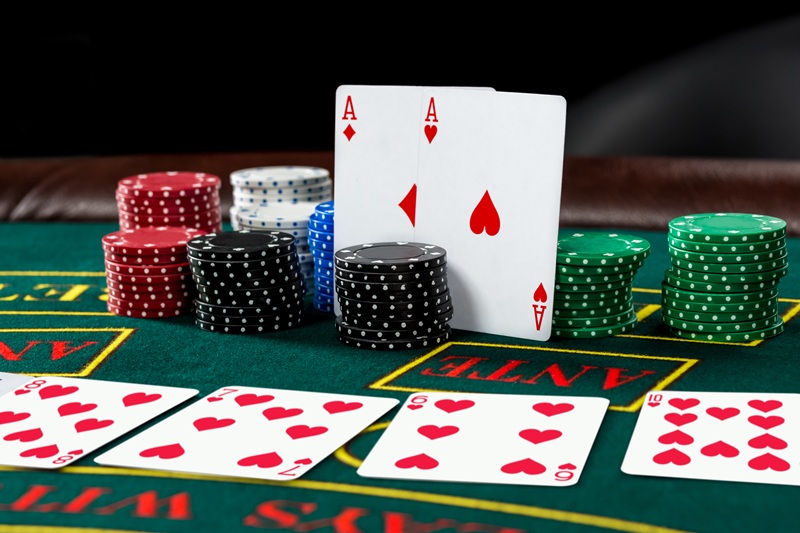
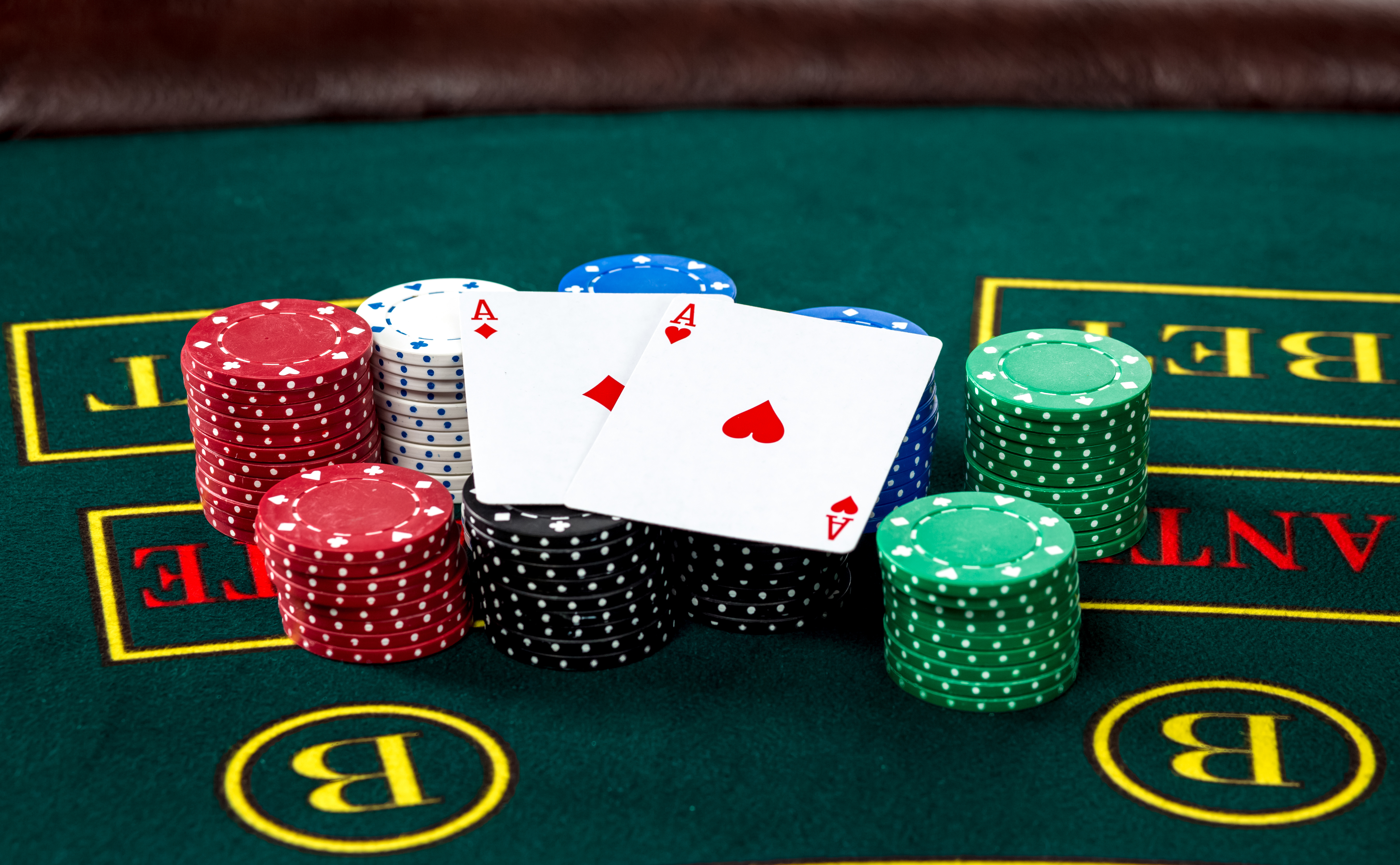
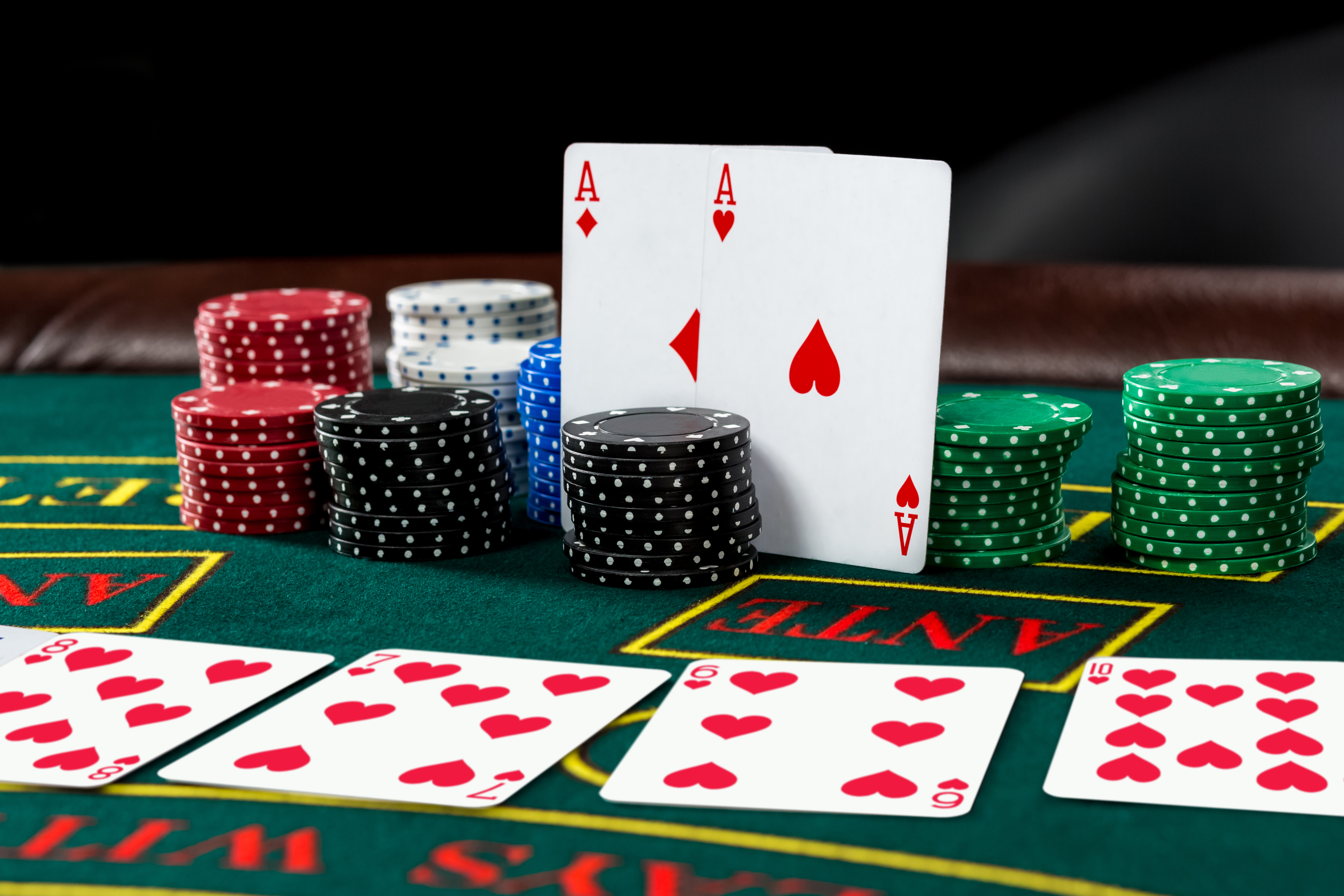
.jpg)



